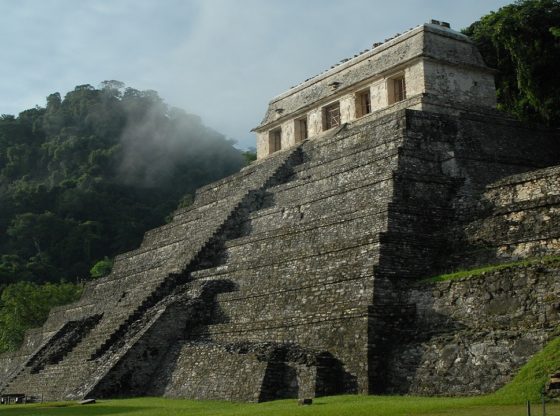
The Pyramids of Giza has long been surrounded by mystery and many theories have been presented how the ancient Egyptians were able to actually build these immense structures. How they managed to move the giant blocks of stone necessary, for long distances across the desert.
Now a new theory has been presented by physicists at the University of Amsterdam. And their answer to the puzzle is water. They reason that damp sand reduces the resistance and effectively halves the amount of pulling force required to move a heavy sled over it.
They tested the idea in a lab and found a strong and direct correlation between the dampness and stiffness of the sand with the pulling force required. The idea is that a sled moves much more easily due to the fact that it simply does not pile up sand in front of it.
As of today 138 pyramids has been discovered in Egypt. However, most of us probably recognize the immense Pyramids at Giza as simply “The Pyramids”. These are the three largest constructions built by the ancient Egyptians. And were constructed around 4,000 to 5,000 years ago. Most of the stone for The Great Pyramid of Giza and its interior seems to have been quarried immediately to the south of the construction site. The exterior, however, was made out of white limestone that was quarried across the Nile.
The results were published in the journal Physical Review Letters. See study link and abstract below.
_______________
Sliding Friction on Wet and Dry Sand
______________________________






















